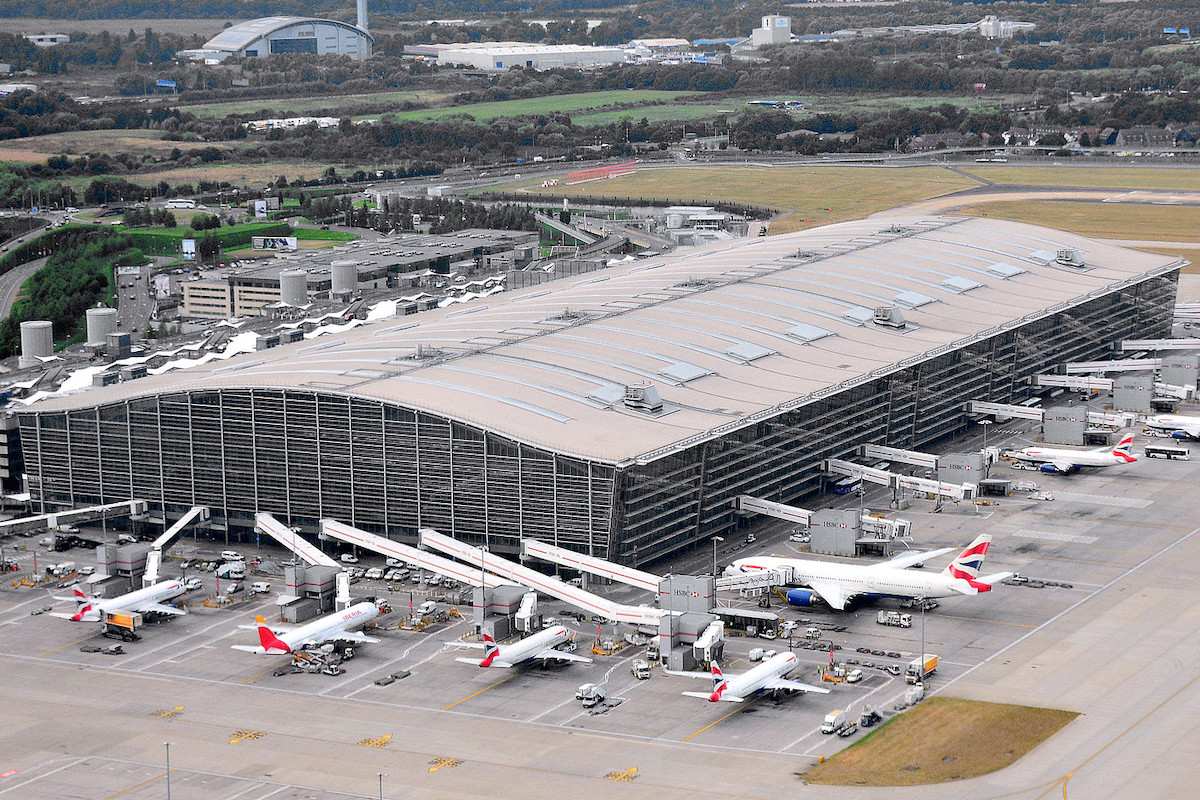Iberia Leads Europe's IAG to Winter Profits

Photo Credit: Flickr / Mike McBey
When it comes to Europe’s Big Three Airlines, it’s not even close: International Airlines Group — the owner of British Airways, Iberia, Aer Lingus, Vueling, and Level — is consistently the most profitable. This was true again in the first quarter of 2023, with the Lufthansa Group and Air France-KLM both reporting red ink at the operating level (margins of negative 4 percent and negative 5 percent, respectively). IAG on the other hand, eked out a small first quarter operating profit, a commendable achievement for the slowest period of the year.
Iberia led the way with a positive 5 percent operating margin, up from negative 2 percent in 2019. It saw “strong leisure demand in all regions.” The Madrid-based airline is also seeing a faster pace of recovery in business travel than at other airlines. Iberia’s specialty is Latin America, where it competes most directly with Air Europa, an airline IAG will acquire if regulators allow. IAG chief Luis Gallego said during Friday’s earnings call that the regulatory review process should take about 18 months. In the meantime, Iberia is also strengthening its U.S. network in part by adding capacity through increases in aircraft utilization.
British Airways earned a first quarter operating profit as well, albeit just barely (its 2019 operating margin was much better, at positive 8 percent). The carrier was always more dependent on corporate travel, which IAG fears will never come back to quite where it was in 2019. “We don’t think that corporate travel will get back to 100 percent,” Chief Financial Officer Nicholas Cadbury said. He gave a level of around 80 percent as the most likely scenario, and “probably at the lower end of that range for this year in British Airways.”
But leisure demand is strong at British Airways, and just as Iberia’s core South Atlantic franchise is performing well, so is British Airways’ core North Atlantic franchise. This franchise, don't forget, benefits from a close revenue-sharing joint venture with American Airlines. By all industry accounts, North Atlantic markets will produce exceedingly strong profits this summer, which should translate to strong second and third quarter profitability for British Airways.
That’s also the case for Aer Lingus, even more dependent on North Atlantic markets. Its first quarter operating margin was an unsightly negative 23 percent, substantially worse than the negative 9 percent it reported for the same quarter of 2019. But it’s well positioned to recover these early-year losses thanks to robust leisure demand originating in the U.S. Shorthaul leisure routes are booking well too. Aer Lingus is feeling a pinch, however, from a sizable exposure to tech sector travel, which is currently weak.
Finally, with respect to Barcelona-based Vueling, its first quarter operating margin improved from negative 17 percent in 2019 to negative 12 percent in 2023. Vueling’s business is also highly seasonal, yet it reduced first-qiarter losses thanks to well-performing winter sunshine markets like the Canary Islands and Egypt. The LCC is also enjoying solid gains in ancillary revenues and mitigating offpeak losses is a high priority (having a more consistent flight schedule across seasons can also help with operational performance). Vueling, however, given Barcelona’s proximity to France, has been “significantly disrupted” by a wave of French air traffic controller strikes. These have also caused headaches for British Airways, which is simultaneously dealing with constrained capacity at London Heathrow.
One important driver of IAG’s first-quarter operating profit was cheaper fuel. The company said the average spot price of jet fuel during the quarter was $910 per metric ton, down approximately 5 percent from the same quarter a year ago. Prices dropped as the quarter progressed, peaking at $1,140 per metric ton in late January but falling sharply to $805 per metric ton at the end of March. IAG has roughly 60 percent of its expected fuel needs hedged at about $810 per metric ton. Another contributor to the company’s first-quarter strength, importantly, was its Avios loyalty program.
IAG is cautious about what might become of the economy, what might happen with fuel prices, and what operating conditions might be this summer, given further threats of strikes and airport staffing shortages. But for now, it’s raising its full-year profit guidance based on what it sees from forward bookings. “We see strong demand everywhere.”
